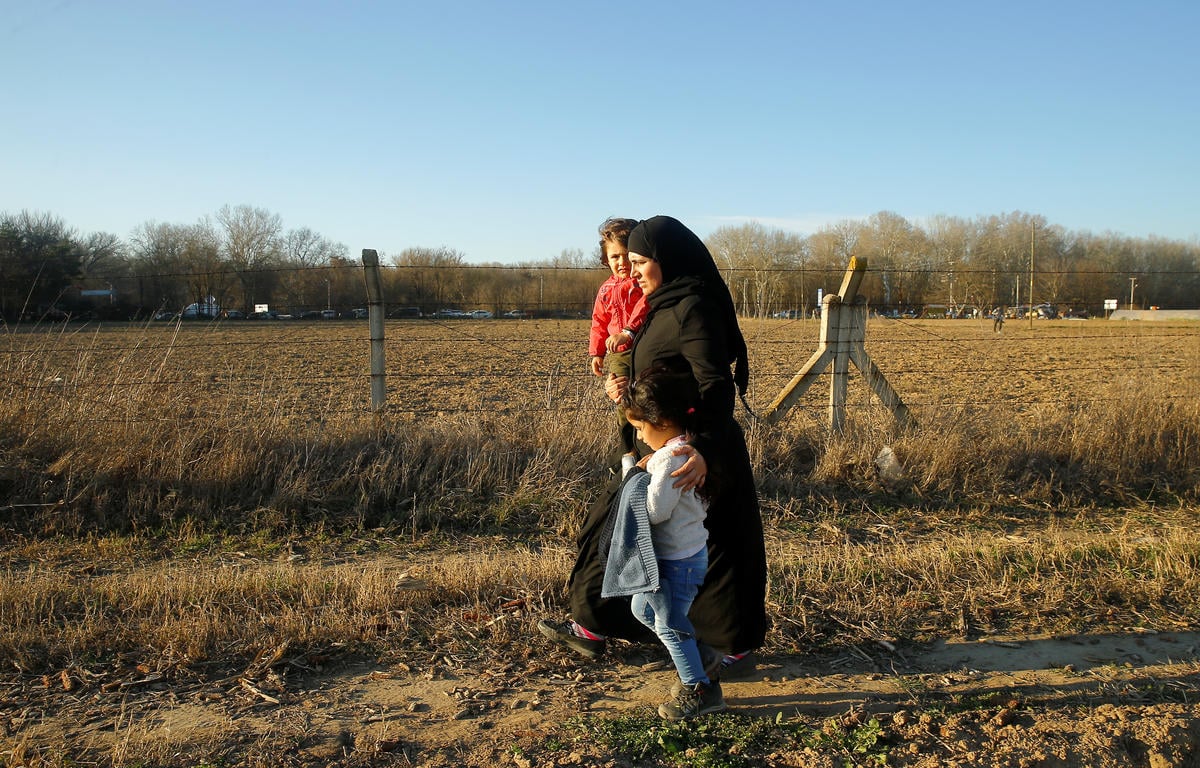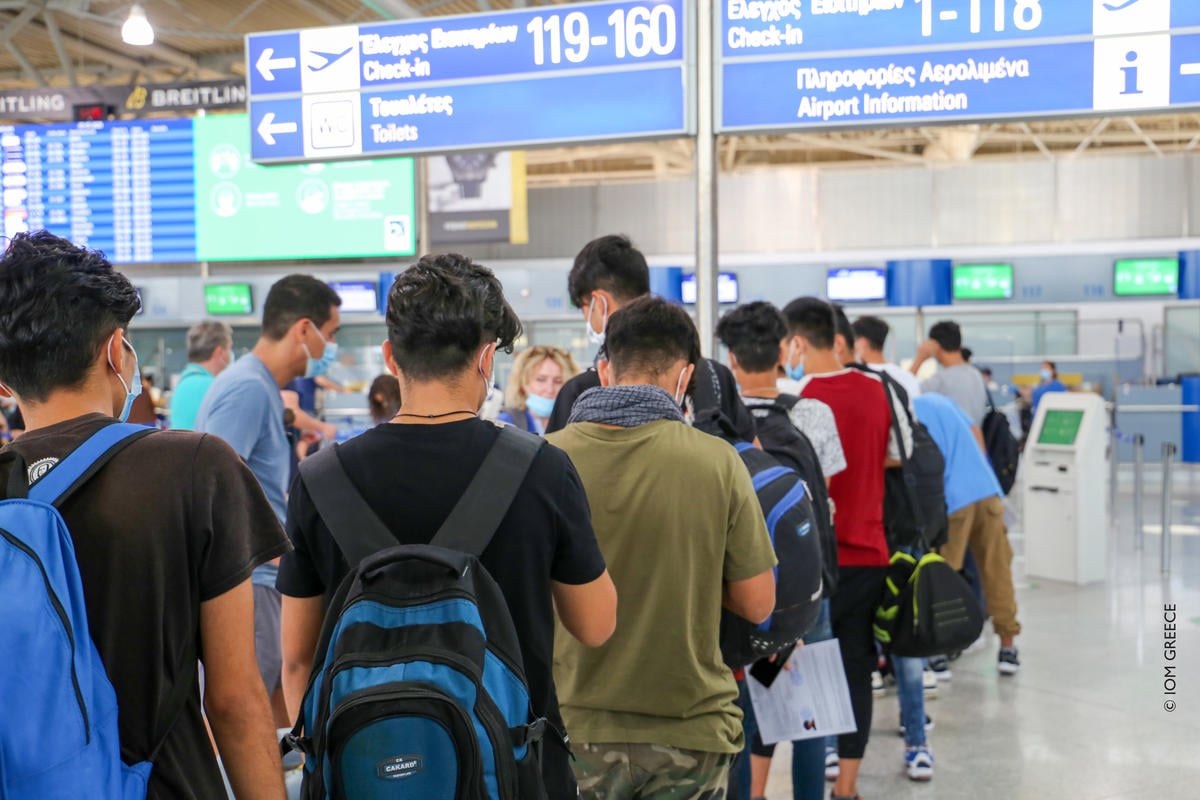Somali refugee flow across the Gulf of Aden slows down this year
Somali refugee flow across the Gulf of Aden slows down this year

ADEN, Yemen, April 9 (UNHCR) - The number of people crossing the Gulf of Aden and the Red Sea in mixed migration flows to Yemen has nearly halved during the first quarter of the year in comparison with the same period in 2009.
This year, some 9,400 people reached the shores of Yemen in the first three months after setting off from countries in the Horn of Africa. This compares to nearly 17,000 between January and March last year.
The largest drop is registered in the number of Somali arrivals. Some 3,200 Somali refugees arrived in Yemen this year, about a third of the number that crossed in the first quarter of 2009.
Today, Somali refugees represent every third new arrival in Yemen. During the same period in 2009, Somalis accounted for more than half of all the new arrivals by sea. Somali arrivals are automatically recognized as refugees in Yemen and the country hosts more than 170,000 Somali refugees.
However, the drop in the number of Somali arrivals has not been driven by an improvement in the security situation within the country. Many Somali civilians are daily forced to flee their homes to escape waves of fighting between government forces and militias.
This year began with some of the deadliest fighting in Somalia since early 2009. The first three months of 2010 recorded some of the highest forced displacement rates since January last year, with almost 170,000 people fleeing their homes in south and central Somalia, particularly from Mogadishu.
However, the number of new Somali arrivals in the region remains relatively small. More than 20,000 Somalis have fled to neighbouring countries, mostly to Kenya and Ethiopia, this year.
Meanwhile, most of the internally displaced Somalis have found shelter in makeshift camps along the Afgooye corridor just outside Mogadishu or have headed for safer areas of the capital.
Somali refugees reaching Yemen claim that those fleeing the fighting face increasing difficulties in reaching Bossaso in northern Somalia, where they wait for a chance to board smugglers' boats sailing for Yemen. They cite general insecurity as the main reason deterring their movements towards the north. In addition, they say that more and more people simply have no means to pay for the trip to Puntland.
The refugees also report that Puntland authorities are trying to stem the human trafficking and they add that a large number of new arrivals are waiting in Bossaso for the chance to reach Yemen. UNHCR teams in northern Somalia continue to assist the displaced population. In addition, information campaigns warn about the risks involved in making the sea crossing.
There are an estimated 1.4 million internally displaced people in Somalia while nearly 570,000 Somalis live as refugees in neighbouring countries.








